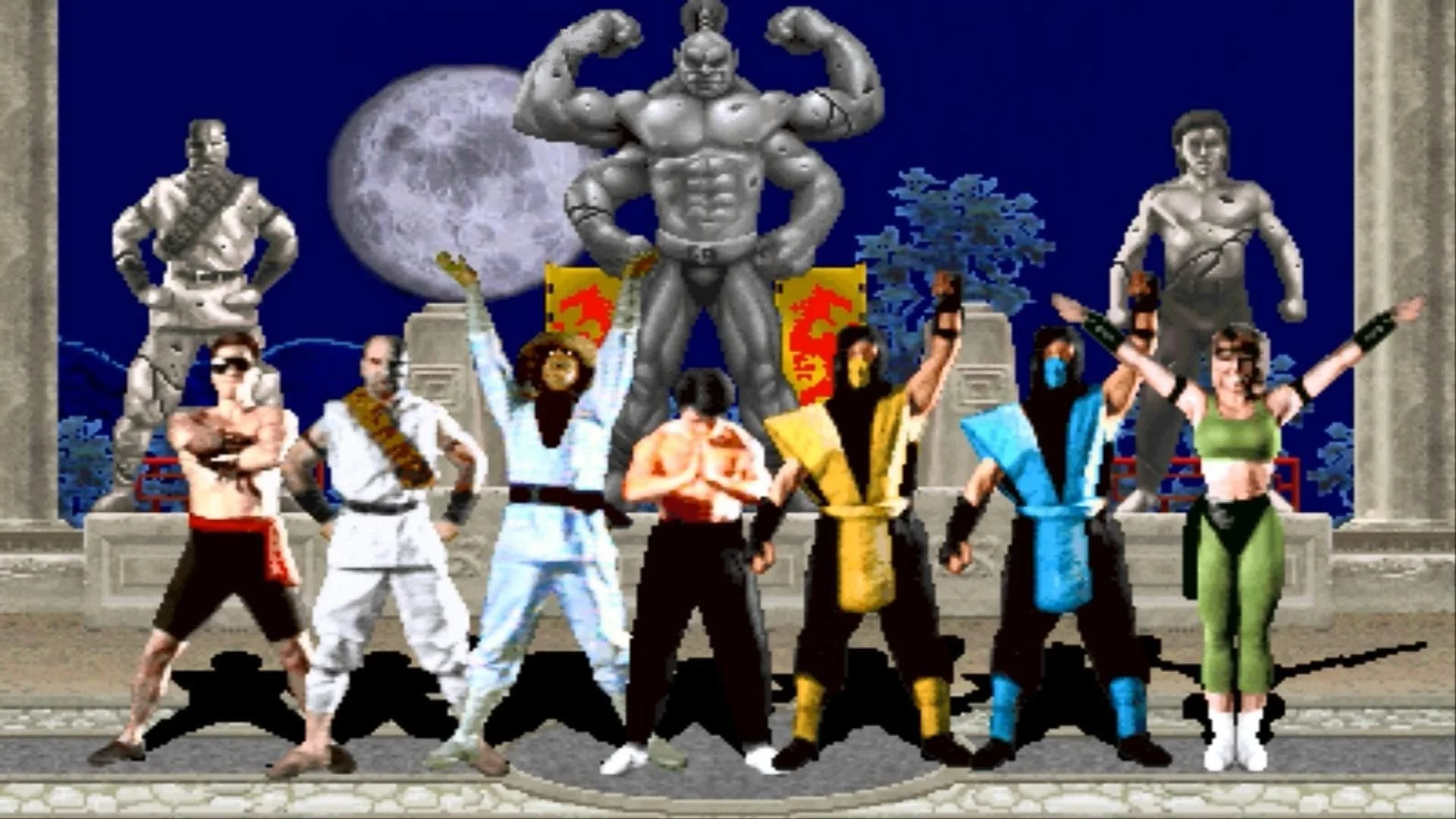
Arcades, from beloved classics to groundbreaking games, fundamentally changed how people experience and enjoy games with each other. The arcade machines themselves – with their special joysticks and buttons, loud sounds, and colorful displays – were just as important as the games they held. These games were memorable for their creative gameplay, famous characters, and the fun of playing with friends. This is a look at the arcade games that truly made a lasting impression on arcades, shopping malls, and seaside resorts around the world.
Space Invaders
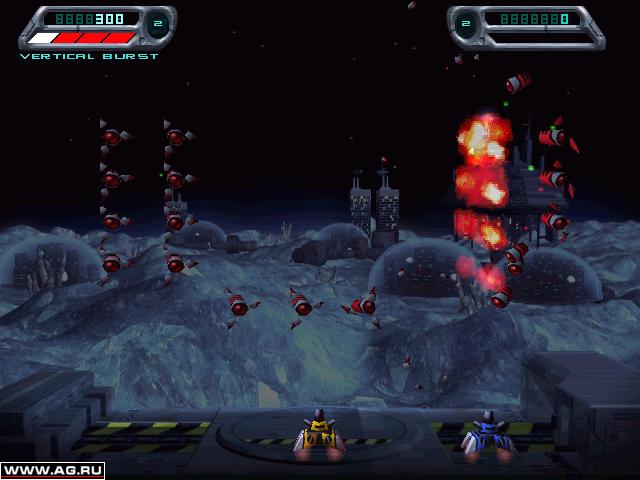
Space Invaders, created by Taito in 1978, was a huge hit that helped launch the popularity of arcade games. Players move a cannon back and forth to shoot at rows of aliens that speed up as they get closer. Protective shields are available, but they break down under enemy fire. The game’s simple controls and catchy four-note tune made it easy to pick up, but challenging to become truly skilled at.
Pac-Man
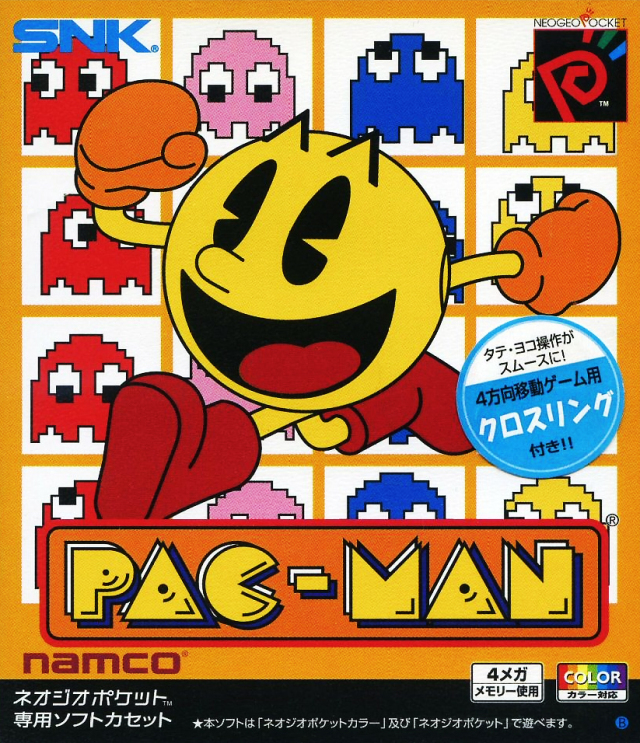
Man, Pac-Man was seriously groundbreaking when it came out in 1980. I remember first playing it and getting hooked on clearing all the pellets, grabbing those power-ups, and learning how each ghost moved – they weren’t random, you could actually predict them! The maze design was simple but brilliant, and those fruit bonuses and power pellets created a really satisfying flow when you planned your route just right. Pac-Man quickly became a huge deal, with tons of merch and sequels. And forget about it – arcades were packed with people trying to beat each other’s high scores for years. It was a classic!
Ms. Pac-Man
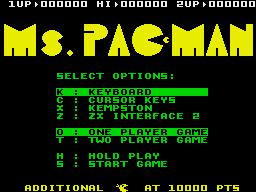
Ms. Pac-Man, created by General Computer and launched by Midway in 1982, improved upon the original with varied maze designs and new routes for the fruit. The gameplay was made more challenging through faster speeds and unpredictable ghost behavior. The game also featured charming intermission scenes with fresh animations that gave the character more personality. Arcade owners appreciated its huge popularity and the ease with which existing Pac-Man cabinets could be upgraded to the new version.
Donkey Kong
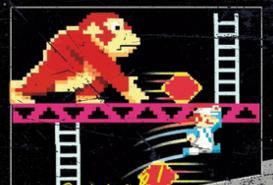
The classic Nintendo game from 1981, originally featuring a character named Jumpman (who would become Mario), challenged players to climb structures and avoid obstacles to save Pauline. The game featured repeating levels with ladders, barrels, and moving platforms. Its focus on precise jumping and the use of a hammer as a power-up became a standard for many platforming games that followed. The arcade machine itself was very popular for players trying to achieve the highest scores.
Galaga
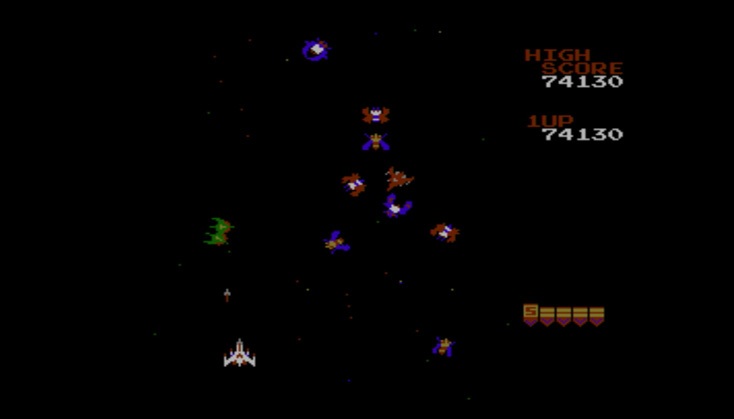
Namco’s 1981 shooting game improved on existing ideas with enemies that moved in complex formations and fired detailed patterns. A unique feature allowed bosses to capture the player’s ship, and rescuing it created a strong two-ship combo. The game’s difficult levels encouraged precise shooting for extra points. Responsive controls and clear sound effects made it easy to play for hours.
Asteroids

Atari’s 1979 game, Asteroids, was a space shooter known for its smooth, realistic movement and physics. Players navigated by thrust and had to account for momentum. Shooting asteroids split them into smaller pieces, requiring precise aiming and a good understanding of the game space. When surrounded by enemies, players could use a risky ‘hyperspace’ jump to escape. The game’s distinctive bright lines and powerful sound effects made it stand out from other arcade games of the time.
Defender
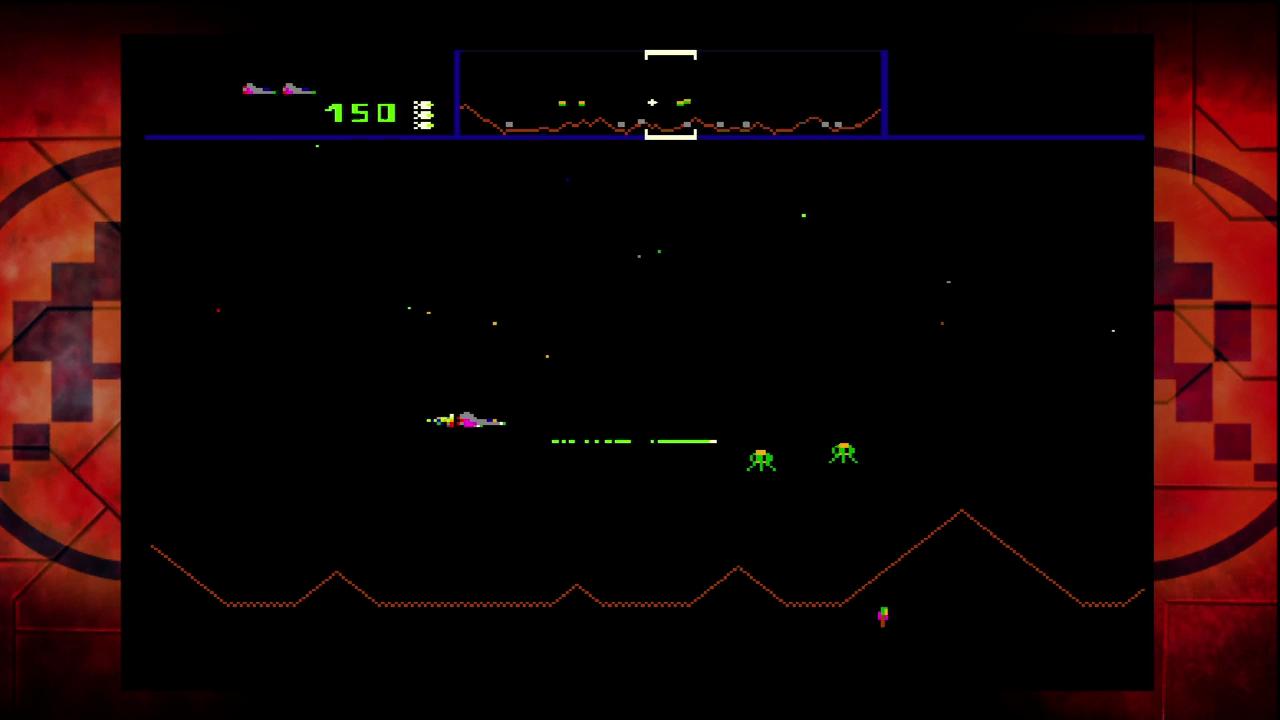
In 1981, Williams introduced Defender, a groundbreaking game featuring quick, side-to-side scrolling and a small radar screen. Players had to balance destroying aliens with saving humans, who were vulnerable to being captured if left unprotected. The game’s controls were enhanced by smart bombs and the ability to quickly reverse direction, adding layers of skill to movement. Its challenging gameplay and complex scoring system kept dedicated players engaged for hours.
Street Fighter II
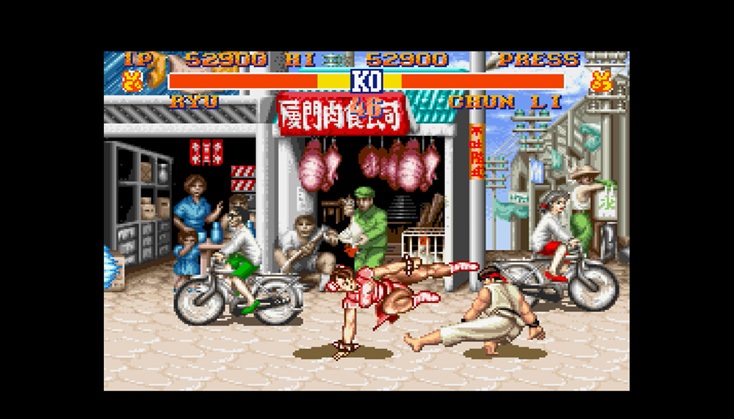
Capcom’s popular fighting game from 1991 really set the standard for how these games are played. It introduced the now-common six-button control scheme and complex special moves, featuring a wide variety of characters. Players enjoyed battling mirror matches, linking attacks into combos, and mastering defensive counters, creating a game with a lot of depth. Arcades often connected machines together, drawing crowds eager to watch and challenge each other. Capcom continued to support the game with updates like Champion Edition and Turbo, keeping it popular for years.
Mortal Kombat
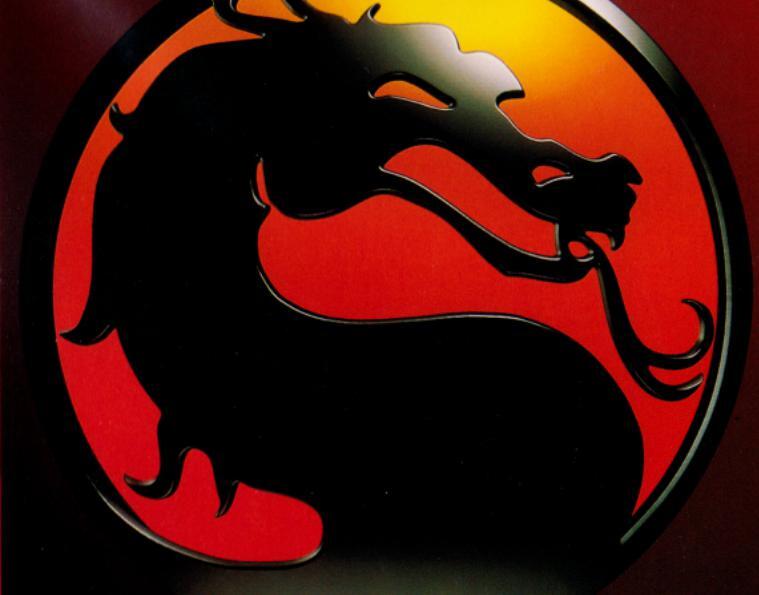
Midway’s 1992 fighting game was groundbreaking for its use of real actors and exciting finishing moves, taking arcade games to a new level of spectacle. Mastering special moves required skill and precision, and hidden characters and codes encouraged players to explore. The game’s two-player mode was incredibly popular, often creating long lines at arcades. When released for home consoles, it sparked a wider conversation about game ratings and what content was appropriate.
NBA Jam

The 1993 arcade game Midway Basketball offered exciting two-on-two action with over-the-top dunks and visual effects. Featuring real NBA teams, unlockable players, and constant commentary, the game created a vibrant and energetic experience. A turbo meter and the ability to shove opponents kept the gameplay quick and competitive. Players could even link multiple arcade cabinets together for four-player matches, making for loud and intense competitions.
Gauntlet
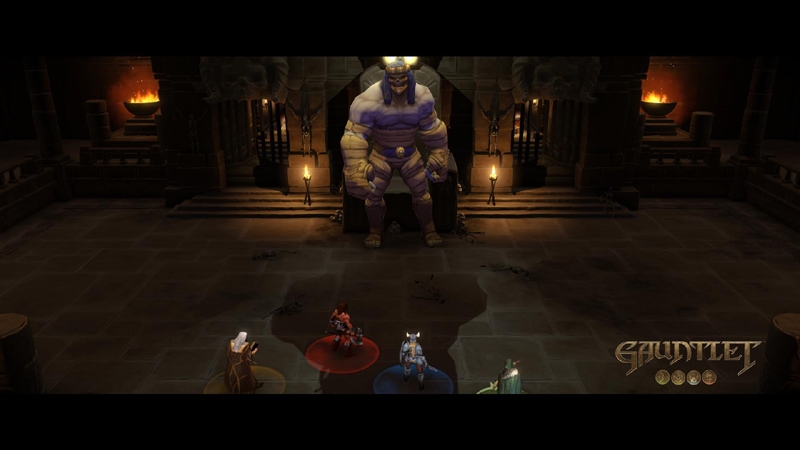
In 1985, Atari Games released Gauntlet, a groundbreaking arcade game where up to four players could explore dungeons together. Players selected from four characters – Warrior, Valkyrie, Wizard, or Elf – and battled through labyrinthine levels packed with traps and creatures. Because players’ health constantly decreased, the game emphasized quick action and cooperation. Gauntlet became famous in arcades thanks to its digitized voice samples, making it stand out from the crowd.
Robotron 2084
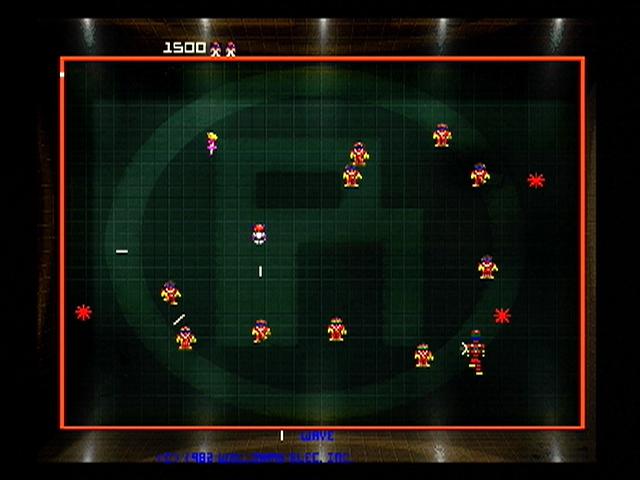
In 1982, Williams introduced Robotron 2084, a groundbreaking arcade game featuring separate joysticks for moving and shooting. Players battled waves of enemies and rescued humans within a single-screen arena, requiring quick thinking to target foes and skillful circular movement. Its challenging gameplay and complex scoring system quickly made it a favorite among experienced players and cemented its status as a classic.
Teenage Mutant Ninja Turtles

Konami’s 1989 arcade game, a classic beat ’em up, let up to four players team up as the Teenage Mutant Ninja Turtles. Players moved through side-scrolling levels, using simple button combinations to attack, jump, and perform special moves like throws and area-clearing attacks. The game closely matched the look and sound of the popular animated series, attracting players of all ages. A unique feature allowed groups to continue playing as a team, even after losing a life, helping them reach the final boss.
Metal Slug
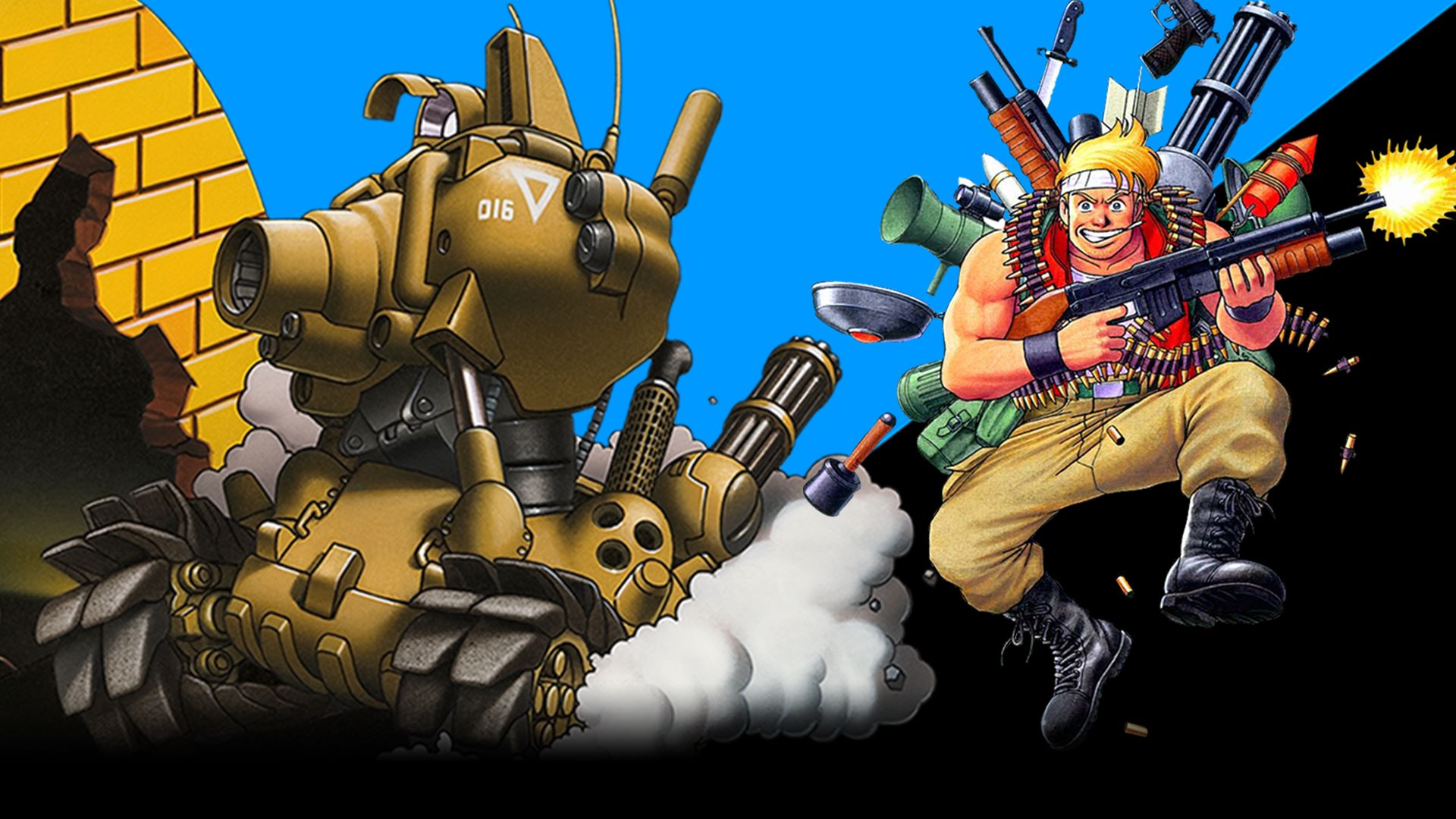
SNK’s 1996 action game featured beautifully hand-drawn animation and tight controls on the Neo Geo system. Players could switch between using different guns and driving a tank, unleashing powerful attacks. Saving hostages rewarded players with items that increased their firepower and score. The game was easy to follow even in hectic moments thanks to its precise character hitboxes and clear visual effects.
Dance Dance Revolution
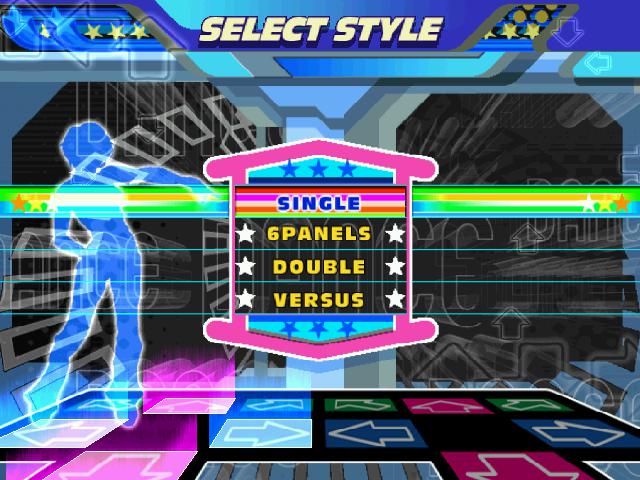
Konami’s 1998 rhythm game involved stepping on a special floor pad with four directions. Players followed arrows on the screen to the beat of the music, aiming for perfect timing and high scores. The game machines had built-in speakers and lights, creating an immersive and energetic experience. New songs and game modes were added over time, making it popular for both fun and exercise.
Daytona USA
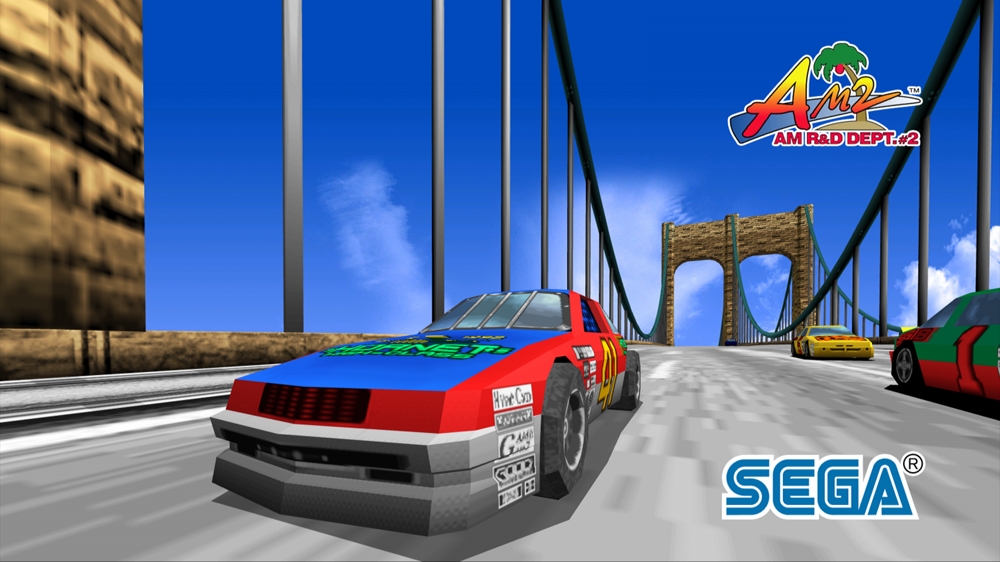
Sega AM2’s 1994 racing game was known for its smooth 3D graphics and responsive force feedback steering, powered by the Model 2 hardware. Arcades could connect up to eight machines together for intense, packed multiplayer races. Players were encouraged to drift around corners and gain speed by drafting opponents on straightaways. The game’s large steering wheel and powerful sound system created a truly immersive and exciting experience.
Out Run
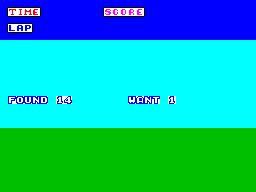
Sega’s 1986 driving game was innovative for its time, featuring a dedicated arcade cabinet where players could sit and choose different paths through the game. Before each race, players could select their preferred music. The game also used time checkpoints to help players learn the courses and improve their times. A more advanced version of the cabinet even included hydraulic movement to simulate the feeling of driving.
Time Crisis
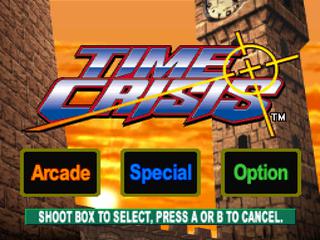
In 1995, Namco released a shooting game that was innovative for its time. It featured a foot pedal to quickly switch between taking cover and firing, and levels were designed around a timer that extended whenever players defeated important enemies. The game also enhanced immersion with realistic gun recoil and strategically placed speakers. Later versions allowed multiple players to team up for synchronized gameplay, increasing the game’s replay value.
Pole Position

In 1982, Namco released Pole Position, an arcade racing game where players first completed a qualifying lap to determine their starting position. The game created the illusion of 3D racing using clever scaling techniques, and the track was based on the famous Fuji Speedway. Players used a steering wheel, gas and brake pedals, and a gear shifter, making for a very immersive experience. Pole Position’s design had a big impact on many racing games that followed.
The House of the Dead
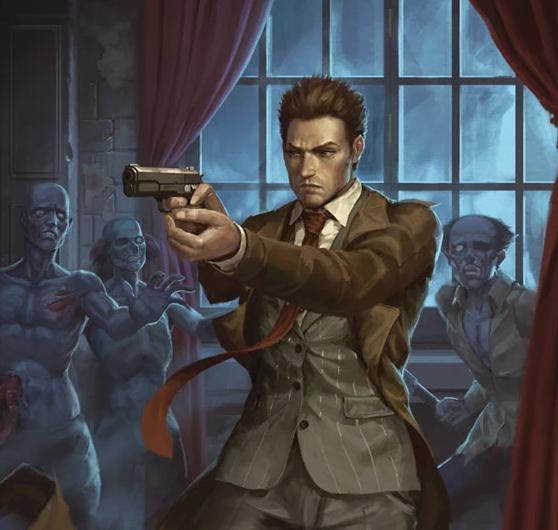
Sega’s 1996 light-gun game combined a horror theme with a unique gameplay style. Players could choose different paths and enemies reacted to where they were shot – aiming for limbs changed their behavior. Saving civilians earned bonus points. The arcade machines precisely tracked shooting accuracy and awarded ranks after each level. Several sequels and updated versions of the game continued the story and improved the technology.
Share your favorite arcade memories and the games you would add in the comments.
Read More
- Deepfake Drama Alert: Crypto’s New Nemesis Is Your AI Twin! 🧠💸
- Can the Stock Market Defy Logic and Achieve a Third Consecutive 20% Gain?
- Dogecoin’s Big Yawn: Musk’s X Money Launch Leaves Market Unimpressed 🐕💸
- Bitcoin’s Ballet: Will the Bull Pirouette or Stumble? 💃🐂
- SentinelOne’s Sisyphean Siege: A Study in Cybersecurity Hubris
- Binance’s $5M Bounty: Snitch or Be Scammed! 😈💰
- LINK’s Tumble: A Tale of Woe, Wraiths, and Wrapped Assets 🌉💸
- ‘Wake Up Dead Man: A Knives Out Mystery’ Is on Top of Netflix’s Most-Watched Movies of the Week List
- Yearn Finance’s Fourth DeFi Disaster: When Will the Drama End? 💥
- Ethereum’s Fusaka: A Leap into the Abyss of Scaling!
2025-11-08 16:47